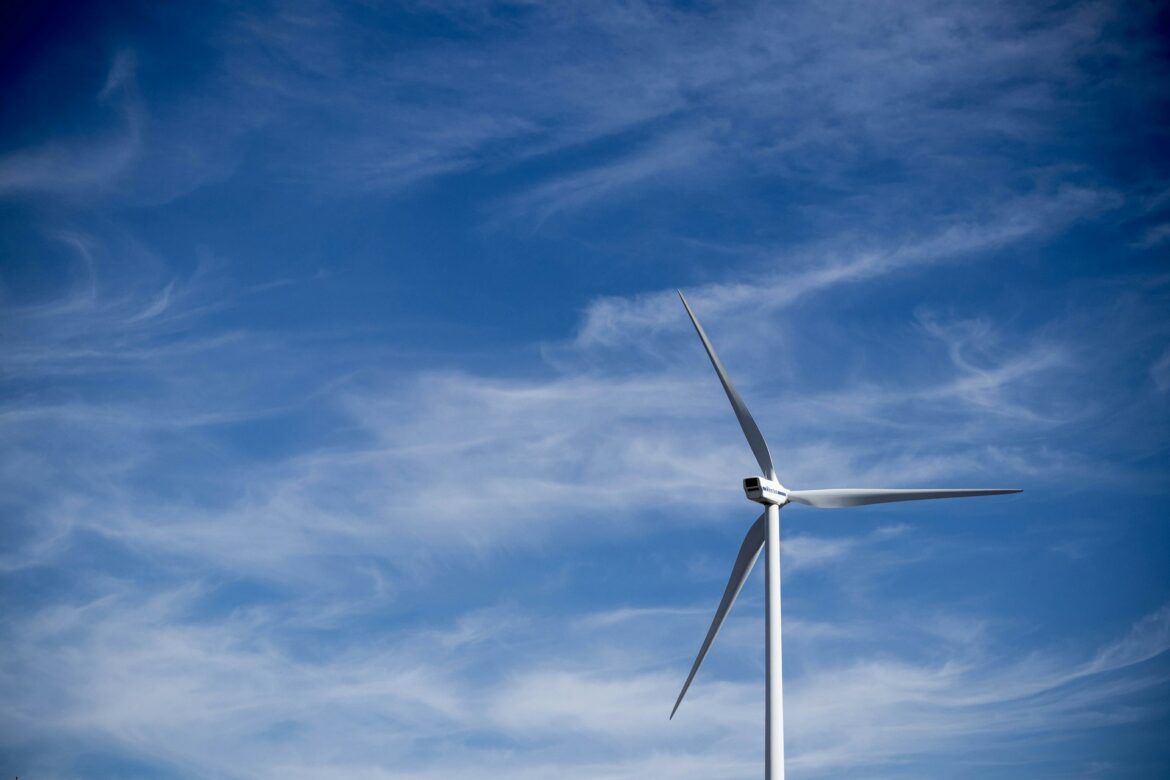Green energy in Latvia is quickly becoming a national priority, building on the country’s deep connection to nature. Known for its pristine landscapes, thick forests, and clean rivers, Latvia now channels this environmental identity into bold energy solutions. As the country seeks to reduce its carbon footprint and meet EU climate targets, renewable energy is at the heart of its transformation.
Latvia’s natural resources make it uniquely suited for green solutions, especially solar and wind. The government, local communities, and private investors are aligning around a shared goal: to create an energy-independent Latvia powered by clean sources. While hydropower remains important, the spotlight is now on solar rooftops and wind turbines, symbols of progress and resilience.
Solar Power and Green Energy in Latvia: A Bright Future
Solar power is gaining strong momentum and driving the green energy movement in Latvia. Technological advancements have made solar panels more accessible and affordable. From urban apartment rooftops to rural community centers, more properties now benefit from this renewable source.
The Latvian government actively encourages solar energy adoption through grants and incentives. Homeowners and small businesses can now install solar panels with reduced upfront costs and even sell excess power back to the grid.
Why solar energy is booming in Latvia:
-
Increased government funding for solar installation.
-
Easier access to EU renewable energy subsidies.
-
Technological improvements in solar efficiency.
-
Growing public interest in sustainability and cost savings.
-
Businesses seeking energy independence amid rising global fuel prices.
With longer daylight hours in summer and improving storage systems, solar energy continues to play a key role in Latvia’s renewable energy mix. This evolution helps move the country away from imported fossil fuels and towards local energy production.
Wind Power in Latvia: Driving the Country’s Green Energy Growth
Wind power represents a vital piece of the green energy puzzle in Latvia. Positioned along the Baltic Sea, Latvia enjoys consistent wind conditions, making it ideal for turbines. Coastal regions and open inland areas have become attractive spots for wind farms.
In recent years, several large-scale wind projects have begun operations. These include both onshore and offshore developments, with partnerships between Latvian and foreign investors. Local governments also support smaller wind installations in rural areas, especially those that reduce community energy costs.
Wind energy benefits helping Latvia go green:
-
Reliable year-round wind in the Baltic region.
-
Less dependence on imported energy.
-
Energy diversification beyond hydropower.
-
Job creation in construction and maintenance.
-
Clean electricity for thousands of homes.
The expansion of wind power reflects Latvia’s broader goal: to lead the Baltic region in green energy production and reduce CO₂ emissions drastically by 2030.
Community-Driven Green Energy Projects in Latvia
Latvia’s green energy transition doesn’t rely solely on big corporations. Many community-driven projects across the country are transforming how energy is produced and consumed. These initiatives bring together municipalities, local entrepreneurs, and residents to co-create energy independence.
Energy cooperatives are gaining popularity in Latvia. In these models, locals invest in renewable energy projects—like solar farms—and share the electricity they generate. These efforts help rural communities cut electricity bills and stimulate the local economy.
Examples of local green energy initiatives:
-
Solar panels on village schools and libraries.
-
Wind turbines powering remote farming areas.
-
Local heating systems fueled by biomass.
-
Educational campaigns promoting energy conservation.
-
Community workshops on building solar units at home.
These grassroots movements showcase how green energy in Latvia is more than a government plan—it’s a growing cultural mindset rooted in collaboration and self-sufficiency.
Government Backing for Green Energy in Latvia
Government support plays a vital role in Latvia’s renewable energy success. National strategies emphasize sustainability, emission reduction, and technological innovation. As part of the EU, Latvia benefits from the European Green Deal and financial support for renewable development.
The government offers grants, tax reductions, and streamlined application processes for renewable projects. This has encouraged not just individuals, but also corporations and municipalities to invest in solar, wind, and other renewables.
Government measures supporting green energy in Latvia:
-
Renewable Energy Support Scheme (RESS).
-
Feed-in tariffs and net metering programs.
-
EU co-financed projects for rural electrification.
-
Environmental education in schools.
-
National Energy and Climate Plan (NECP) alignment.
Public-private partnerships also thrive in this environment. Latvian tech startups are contributing innovative solar storage and smart grid solutions, adding to the country’s green energy momentum.
Challenges Facing Latvia’s Green Energy Revolution
Despite major progress, the green energy transition in Latvia still faces several challenges. Harsh winters can limit solar production, while some regions lack infrastructure for wind expansion. Public resistance also arises occasionally, especially around land use for turbines.
Grid capacity needs upgrading to accommodate the fluctuating supply of renewable energy. Additionally, long permit procedures can delay wind and solar projects. Investors and developers often call for more predictable long-term policies.
Challenges to consider:
-
Limited winter sun reduces solar potential.
-
Bureaucratic red tape slows green projects.
-
Some local communities oppose wind farms.
-
Older grid systems struggle with new demands.
-
Need for skilled professionals in renewable tech.
Still, Latvia is tackling these issues head-on with education, innovation, and smarter planning, proving that obstacles are surmountable with the right vision.
Green Energy in Latvia: A Promising Path Forward
Latvia’s green energy journey is far from over—it’s just gaining speed. The growth of solar and wind energy signals a shift in how Latvians think about power and the environment. From government halls to small villages, a cleaner, more self-sufficient Latvia is taking shape.
Green energy in Latvia represents a blend of tradition and technology. With strong community involvement and progressive leadership, the country is building a sustainable future. While challenges remain, the overall outlook is bright. Renewable energy in Latvia is no longer a distant goal; it’s a living reality.
What makes Latvia’s green energy path so powerful:
-
Strong cultural respect for nature.
-
Increasing investment in solar and wind power.
-
Community-driven and scalable solutions.
-
Government support aligned with EU goals.
-
Public passion for a cleaner, better future.
As the sun shines over the Baltic and the wind moves through Latvia’s fields and forests, a quiet energy revolution is underway—one that may soon make Latvia a model for green living in Northern Europe.

